
The way you breathe has a lot to do with your athletic performance as well as your quality of life. Breathing powerfully affects every system in your body (cardiovascular, nervous, endocrine, lymph, immune, digestive, and of course, respiratory).
Breathing properly can decrease stress and muscle tension; calm your nerves; sharpen your focus; minimize negative and distracting thoughts; reduce fatigue; and promote stamina. Unfortunately, proper breathing is often an overlooked component of athletic training.
If you watch a baby breathe, you will see the infant's belly rise and fall with each breath. Most probably stopped breathing this way long ago. Our cultural upbringing, suck in that gut, and the development of bad habits, like slouching, have resulted in shallow breathing or chest breathing. Compared to diaphragmatic breathing or belly breathing, chest-breathing results in increased heart and breathing rates. Shallow breathing can make your neck and shoulder muscles tense and activate your body's stress response.
The good news is that with a little training, you can learn, or relearn, a simple way of breathing that can transform your health and athletic performance.
Practice Diaphragmatic Breathing
- Sit upright in a chair, or lie down on the floor with your knees bent. Close your eyes and visualize your shoulders melting away from your ears.
- Place the hand that you write with beneath your navel and the other hand just above your navel.
- Breathe in deeply through your nose into your hand just below your navel. Allow this area to fill like a balloon. Next, feel your rib cage, where your other hand is, expand as the middle portion of the lungs are filled. Finally, fill the upper third of the lungs.
- Exhale slowly, contracting your belly as you breathe out.
- Keep your focus on each inhale and exhale.
- Repeat for five to 10 minutes and then go about your regular workout.
Slow, rhythmic diaphragmatic breathing gives you a feeling of relaxed energy. During times of stress, like before the start of a race, notice any tension in your shoulders, neck, or jaw. Try to relax these areas and visualize your breath flowing into and out of the deepest part of your lungs.
After the race or anytime you would like to reduce tension and stress and enter into a calmer state of mind and body, shift into slow, abdominal breathing for a minute or two. Eventually, breathing with your diaphragm instead of your chest will become natural—as natural as breathing.
 Sign up for your next race.
Sign up for your next race.
Accomplished yoga teacher, Lynn Burgess, combines her unique alignment based style with over 20 years of teaching experience to help athletes achieve their goals. Visit www.yogafromtheheart.com to learn more.
Get ACTIVE on the Go


Couch to 5K®
The best way to get new runners off the couch and across the finish line of their first 5K.
Available for iOS | Android


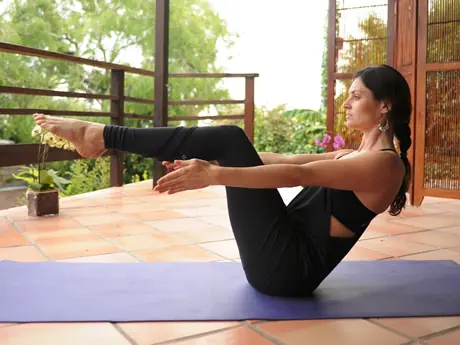
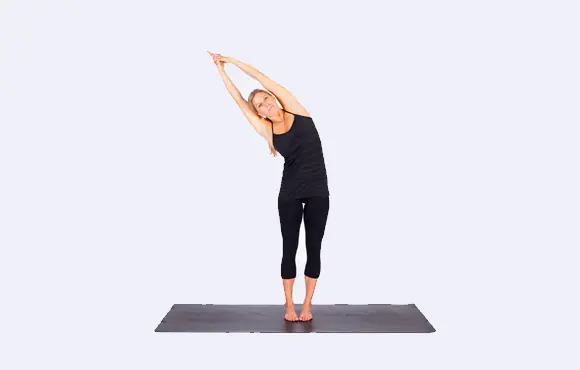
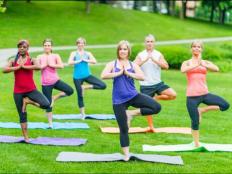
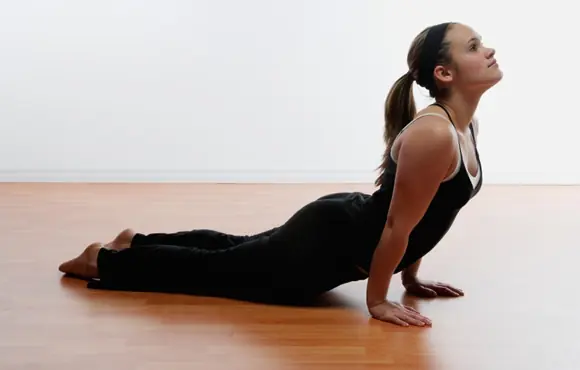
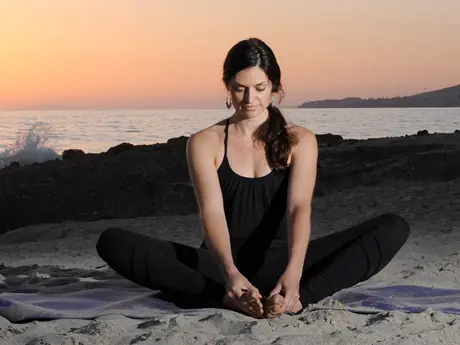
Discuss This Article